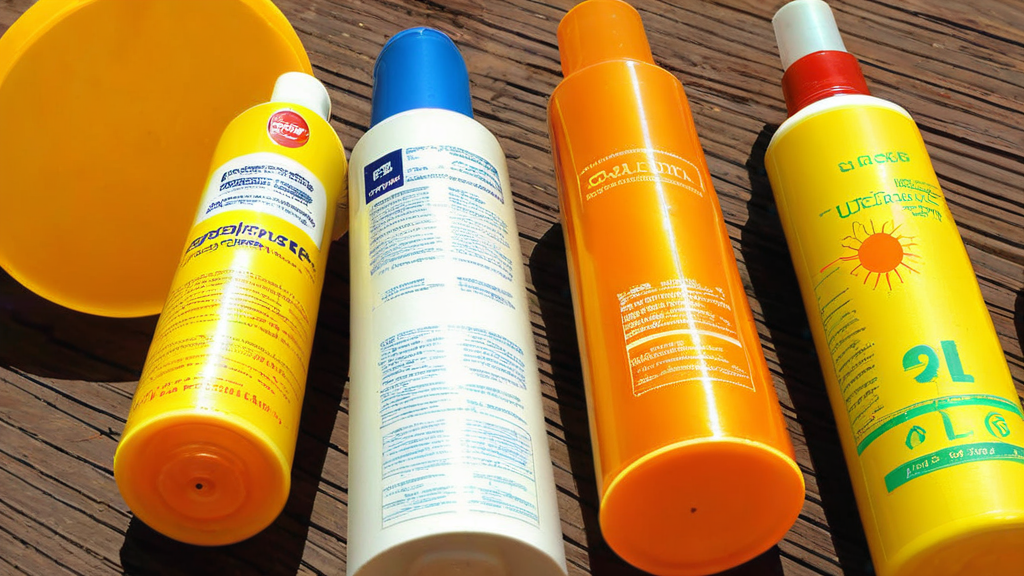Protect your skin with the right factor
When it comes to protecting your skin you should know what the number on the sunscreen means, because it will depend on it to ensure that you don’t get burned at the first opportunity. **We all need protection against ultraviolet (UV) rays that reach us from the Sun**, everyone! So, you should always protect yourself, know what the sunscreen number means, and use the factor that best suits your skin.
What does the number on sunscreen mean?
When you go to buy the cream or spray, it is very common for you to find dozens of brands and countless numbers next to the SPF acronym. Then doubts appear… Well, the first thing you need to know is that SPF means Sun Protection Factor (in Spanish, sun protection factor), which already gives you a clue as to what it indicates.
The next step is simpler, since it is not difficult to guess that the higher the figure that accompanies those letters, the higher said protection will be. In this sense we can distinguish between four groups:
Low level: 6 to 10
Medium level: from 15 to 25
High level: from 30 to 50
Very high level: more than 50
However, if you have noticed, the most common are SPF 15, SPF 30 and SPF 50, so we are going to focus on them. Thus, SPF 15 is capable of filtering up to 93% of ultraviolet rays and, although it may seem like a very high percentage, if your skin is sensitive, it falls a little short. As for SPF 30, it reaches up to 97% and SPF 50 exceeds 98%.
Why those numbers?
This is a question you can ask yourself, since we are talking about numbers that exceed 90. So what do the numbers on sunscreens really mean? Very simple: you could say that they are a unit to measure time.
Beyond the percentage of filtration they provide, they indicate the time they protect from radiation and, therefore, from suffering one of those burns that can turn your vacation into hell. To calculate it you have to do the following operation (don’t sweat, which is very simple): if it takes you about ten minutes to burn, you have to multiply that time by thirty if the cream you use is SPF 30. The result It would be 300 minutes of protection.
Obviously this depends on the type of skin you have, direct exposure to the sun, whether you are going to take a bath (and therefore, you are going to get wet) or whether you are going to put on or take off clothes, since this takes part of the protector. What should be clear to you is that it is better to err on the side of caution than not to apply enough cream or spray and end up suffering a burn. And it is not about putting on protection once and forgetting about it later (“no, I already laid down this morning”, another recurring phrase). Don’t forget that its effect wears off after a while.
skin types
Once you know what the number of sun creams means, it is advisable to find out what type of skin you have, as it will be a good indicator for you to know what level of protection you need. Currently, experts refer to six skin types:
Phototype I. People with very pale skin, blonde or red hair and light eyes. They need a miracle to get a tan.
Phototype II. Similar to the previous ones but with freckles. Sometimes they have brown eyes and it takes them half a summer to tan minimally. Needless to say, they burn out at the first opportunity.
Phototype III. Although they have light skin and blonde or light brown hair, they can tan quite normally, although it will be difficult for them to get any color.
Phototype IV. Their skin color is darker than the previous ones and they usually have brown eyes and dark hair. They have no difficulty getting tanned.
Phototype V. Their skin is already very dark, so with the first rays of the sun they have already tanned.
Phototype VI. With black hair, eyes and skin, it is very rare for them to burn, which does not mean that they do not need protection, since ultraviolet rays do the same damage to them.
Whatever phototype you have, remember that you always have to protect yourself. You will get fewer wrinkles and you will not suffer from skin-related diseases. And remember, if you want to know more about this topic or any other topic related to health or nutrition, visit our Lifestyle section often.
